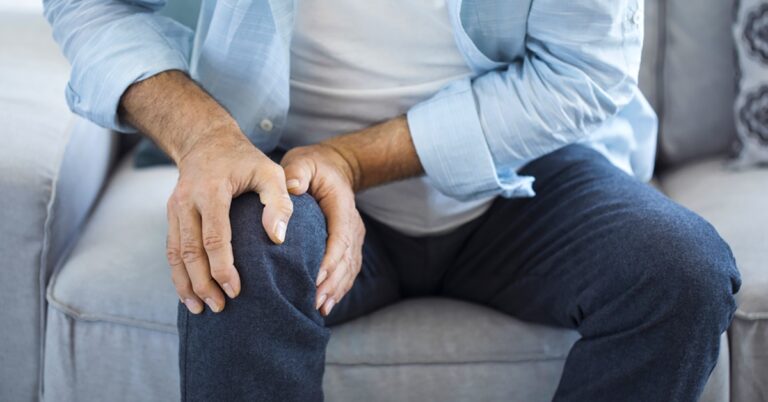Have you ever wondered what if our body is literally made of bones and not other supporting structures? Terrifying for sure but you may be forgetting the fact that supporting structures such as muscles and ligaments play an important role in making sure organs do not fall out of place and enable many limbs movement possible. Getting a regular health screening can help identify what is wrong with the body. One of the diseases that you are able to learn more from a visit to a doctor is bursitis.
Bursitis is inflammation or irritation of a bursa sac. A bursa is a sac-like structure found in between the tissues of the body. It works as a cushion that eases rubbing and friction motions from bones, muscle, tendons and skin. There are more than 150 bursae in the human body and bursitis may affect any of these. Most cases of bursitis occur in large joints such as the shoulder, elbow, hips and knees.
Bursitis is common in adults, especially those aged 40 and above. There are many causes that could lead to bursitis. Bursitis is usually caused by repeated pressure on the area or overuse of the joint. Repetitive movements or activities such as painting, gardening, shovelling, scrubbing or certain sports like golf, tennis and skiing are among activities considered high risk for developing bursitis. Abnormalities of bone or joint structures such as rheumatoid arthritis and limb leg discrepancy may put stress on the bursa which can be a bursitis. Other conditions such as gout, thyroid disorders, diabetes and trauma may place risk for bursitis.
Pain is the most prominent and common symptom of bursitis. Pain may be felt gradually or suddenly sharp severe one although most are dull and aches. The affected area may feel warmer when touched. Swollen joints and red skin is common. Tenderness can occur on the skin surrounding the skin. These symptoms often lead to limited movement as it is painful to do so. Since symptoms of bursitis may resemble other medical problems, it is best to get medical advice and help you identify what is going on.
Let’s just say you do have bursitis and you decided to not meet doctors because of your own reasons. At this point you are not even sure if what you are experiencing is bursitis. Then you decide to just slap ointment and pray the symptoms go away. If the symptoms do go away quickly then you are lucky but what if it is not?
Complications can happen when bursitis is left untreated. It can lead to permanent thickening or enlargement of the bursa. A normal bursa that is thin helps to optimise movement but when it is thick, it puts pressure on the tissues which leads to chronic inflammation and pain. From here on, the person with such bursitis would not be bothered to walk or use the limbs anymore as they are afraid or could not stand the pain. This leads to weakening of the muscles and shrinking of the muscles known as muscle atrophy. An infected bursitis that is left untreated can be a dangerous medical condition as the infection may spread to all parts of the body through the bloodstream. At this point, a person may be in a life-threatening episode.
Knowing the importance of treating bursitis, a person presented with symptoms of bursitis should always visit a doctor. Treatments given will be based on the suspected causes. This includes prescribing antibiotics for infection causes, steroid injection to reduce swelling, physical therapy to strengthen muscles and surgery for certain severe cases. Most mild cases should resolve with good rest, placing ice packs on the affected area and taking over-the-counter anti-inflammatory medicines.


Comments are closed.